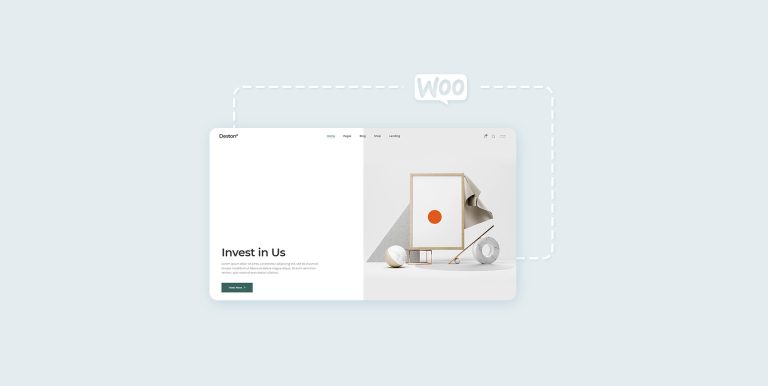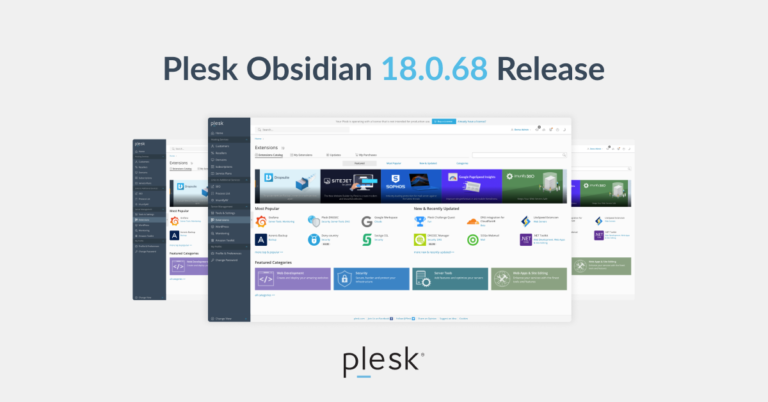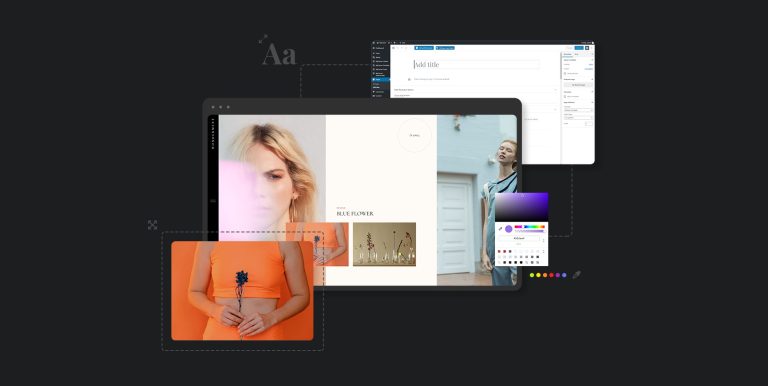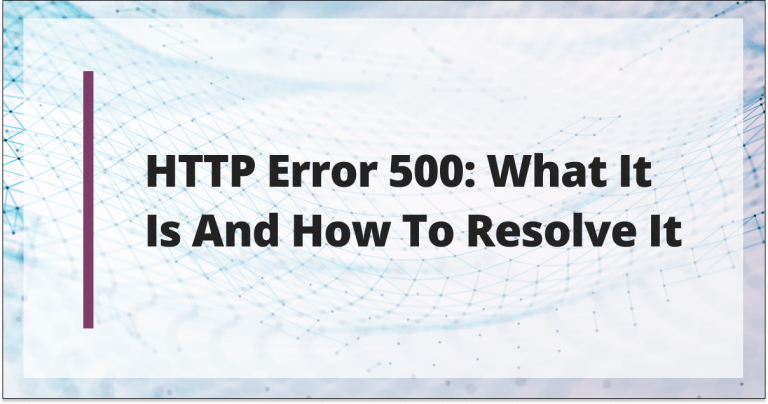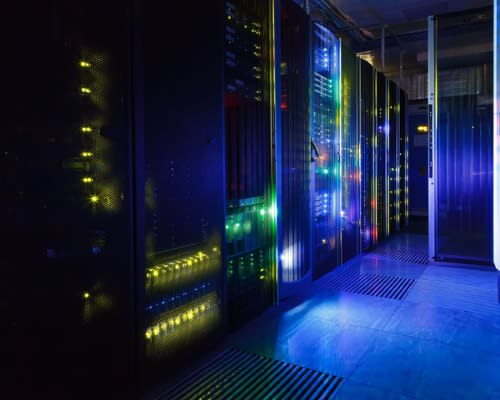Guide to Moving Your Old Applications to the Cloud: A Step-by-Step Process
Are you planning to move your organization’s outdated applications to a cloud platform like Microsoft Azure, AWS, or VMware? As businesses look for ways to increase efficiency, transferring older applications and integrations to the cloud can enhance both performance and security. More than half of organizations have already embraced a cloud-exclusive approach, signifying a surge in digital transformation and its impact on legacy software applications.
Fortunately, for many businesses, an immediate migration of legacy apps to the cloud may no longer be necessary. The cloud provides a short-term solution for enhanced security and performance while offering the opportunity to modify or refactor in a more advanced and resilient environment.
If legacy applications are vital to your business processes and initiatives, planning for the future is crucial. Consider how to maximize previous investments, maintain application security, and optimize performance benefits of the cloud without abandoning essential applications. In this article, we will discuss cloud migration for legacy systems and the available options to you.
A Brief Overview of Cloud History – VMware, AWS, and Azure
Data centers and cloud computing have been around for quite some time. VMware introduced vSphere in 2006, while Amazon Web Services (AWS) was established as an Infrastructure-as-a-Service (IaaS) provider that same year. Microsoft Azure made its debut as a public IaaS provider in 2010.
VMware is the oldest among the three renowned infrastructure providers, having started releasing cloud-ready versions of its software two years before AWS. In 2009, VMware released a cloud-ready version of vSphere that supported AWS APIs for managing capacity across private data centers and public clouds like Amazon EC2. With a vision for software and virtualization working across multiple clouds, VMware was ahead of its time.
Comparing the Time Required for Redevelopment with Azure or AWS
As companies deploy new-gen apps to the cloud, they wonder about the time needed to modernize legacy applications or if starting from scratch is more feasible. The decision often boils down to what suits each business best. Modernizing can be faster and less resource-intensive. However, one challenge in moving to the cloud is ensuring a smooth data transfer to the new system.
It’s important to consider the time required for redevelopment, including testing and deployment, the projected time for modernization with current development tools in public clouds like Azure or AWS Cloud, and an alternate timeline for modernizing within a private cloud like VMware’s Private Cloud at Liquid Web.
Assessing Legacy Software Architecture with VMware Private Cloud
Keep these questions in mind when planning your migration:
– How well-designed is your application?
– Is it still relevant?
– Will there be latency, bandwidth, or security issues during migration?
– Can your app’s performance scale properly across different data centers?
– What tools are available for monitoring and management in the new environment?
– Is it the right time for modernization, or does migration now and refactoring later make sense?
Today’s technology eliminates choosing between new software or falling behind with outdated software that can’t meet business demands. In some cases, updating legacy software may not be beneficial. For example, complex integrations or optimal performance may not warrant updates.
VMware offers a platform suited for both old and new systems, including legacy apps built on web-scale infrastructures. Simplicity, security, and reliability are some reasons businesses choose VMware. With a software-defined data center (SDDC) platform, you can evaluate all current and future needs while increasing developer productivity and reducing debugging issues during migration.
Why Aren’t More Businesses Migrating Legacy Applications?
Despite the benefits of migrating legacy applications to the cloud, the process can be daunting. Many leaders hesitate due to the workload involved. Some remain indecisive as their current systems function adequately, adopting an “if it ain’t broke, don’t fix it” mentality. Although in some cases retaining legacy applications may be preferable, many organizations seem apprehensive about embracing change.
Let’s examine the pros and cons of cloud migration to help you decide if moving your legacy applications is the right step for your IT assets.
Different Methods of Migrating to the Cloud
Upon deciding that migration is beneficial for your business, choose from several methods with varying features:
1. Refactoring involves rebuilding and optimizing legacy applications for the cloud—a process that demands time and resources as well as significant coding alterations.
2. Lift and Shift is ideal for quick migrations. It retains an application’s original infrastructure with changes only in hardware and cloud environment.
3. Replatforming offers a balance between speed and stability by making minor changes to prepare an app for cloud usage without impacting customer experience.
Ensuring a Smooth Migration
Migrating legacy applications can be risky despite meticulous preparation. Here are some best practices:
1. Perform SWOT Analysis to weigh the advantages and disadvantages of moving to the cloud.
2. Evaluate your current IT environment using tools like Microsoft’s MAP toolkit.
3. Select an appropriate strategy based
